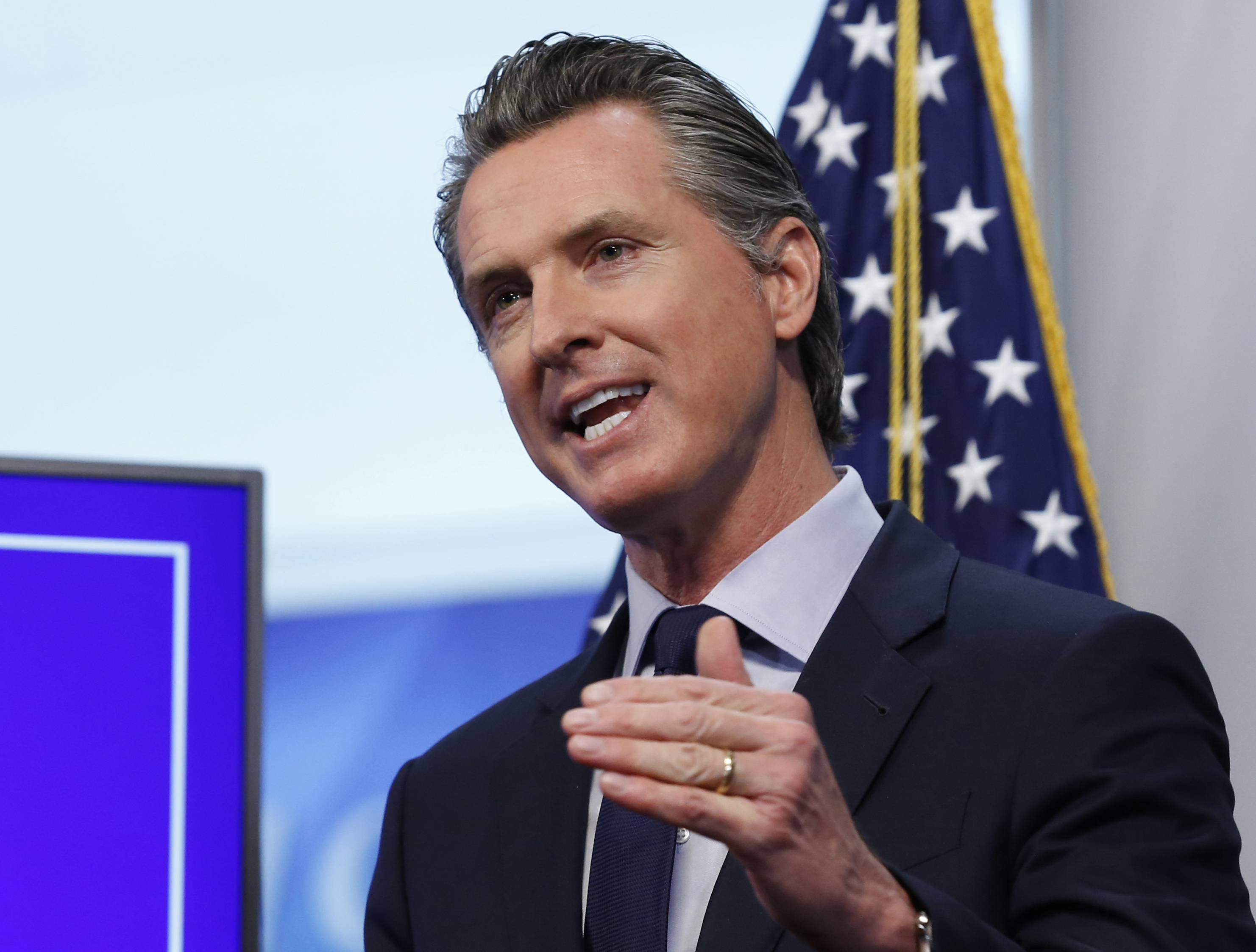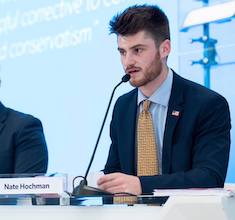One would expect that the decades-long exodus of low- and middle-income residents fleeing California would be cause for reflection and self-critical introspection on behalf of its effective one-party government. Skyrocketing costs of living and a cratering middle class – caused by years of anti-business regulation, powerful public sector labor union monopolies, and one of the highest tax burdens in the nation – should be ample reason for the Golden State’s progressive leadership to reassess its approach to governance.
But don’t hold your breath. If California Gov. Gavin Newsom’s recent executive order banning the sale of all gasoline-powered vehicles is any indication, the state’s longstanding commitment to economic self-immolation isn’t likely to subside anytime soon. The costs of the ban, which seeks to reduce carbon emissions by “requiring sales of all new passenger vehicles to be zero-emission by 2035,” will almost certainly be disproportionately incurred by the marginalized and vulnerable populations that progressives purport to care for the most. Tragically, this is often the case with the ill-founded and counterproductive approach to environmental policy that lies at the heart of so many of California’s woes.
Gov. Newsom’s executive order comes amidst rolling blackouts that have wracked the state for months, with sometimes deadly results. These, too, are in no small part due to poor policy decisions made in the name of combating climate change. Progressive legislators’ rushed attempts to transition the state’s 39 million residents to relatively unreliable and expensive renewable energy sources like wind and solar power – with no feasible plan to make up the gap from traditional fossil fuels – has led Californian electricity bills to rise nearly seven times more than the rest of America from 2011 to 2019. That, in turn, has resulted in California’s largest utilities provider, Pacific Gas & Electric, shutting off power to homes throughout the state. This comes on top of a consistently aggressive and unjustifiable aversion to nuclear power, despite its being the highest-capacity, zero-emission clean energy source by far.
PG&E has warned that California’s blackouts could double, triple, or even quadruple in the coming years if action is not taken to address the state’s unmet energy needs. In this context, the recent gas-powered vehicle ban – which is sure to exacerbate, rather than alleviate, these issues – is shockingly irresponsible. As Environmental Protection Agency Administrator Andrew Wheeler pointed out in a public letter to Newsom’s government criticizing the move, “California’s record of rolling blackouts – unprecedented in size and scope – coupled with recent requests to neighboring states for power begs the question of how you expect to run an electric car fleet that will come with significant increases in electricity demand, when you can’t even keep the lights on today.”
All this is indicative of the short-term thinking that has characterized California’s environmental policy: Despite billing themselves as bold leaders on issues like climate change, proponents of the state’s haphazard approach often wave off the significant objections to their sweeping plans as minor issues to be ironed out at a later date. This is clearly the case in Newsom’s recent executive order: The governor’s proposed solution to the imminent lack of gas-powered transportation that would occur in the wake of the ban has been confined to vague promises of investment in green infrastructure, offering no serious plan to conduct such a monumental project.
Many Californians, particularly those in more rural areas, are rightfully skeptical. As it stands today, the best electric vehicle batteries on the market have a range of no more than 250 miles per charge – and in many parts of the state, charging stations remain few and far between. For those who rely on gas-powered cars traveling relatively long distances for their work and general quality of life, the seeming lack of foresight in Newsom’s ban is alarming. “If the entire state is using electric cars, they’re going to need to make sure that you have robust infrastructure to help them refuel,” says Shane Skelton, an energy and infrastructure expert at environmental policy firm S2C Pacific:
I’d love to see every California in an [electric vehicle] by 2035, but if you really want to make policy to help achieve that, don’t issue a press release in the middle of rolling blackouts – put pen to paper and try to figure out: How do we make a more resilient system? How do we accommodate all of the additional load? What do the utilities companies need to do? What does the state need to do? Where does the charging infrastructure need to go? How do we fund that? Those are real questions. I think they need to be answered before any executive orders are issued.
In the meantime, the policy reflects the type of elite left-wing thinking – indulging the vanity projects of wealthy progressives with little understanding of how heavily their consequences fall on the shoulders of the working class – that has caused California’s income inequality to skyrocket in recent years, making it one of the most unequal states in the nation. Electric vehicles remain expensive, a fact that will not be materially helped by Newsom’s new executive orders. And while a mandated transition from gasoline-powered cars may sound feasible to the wealthy Democrats in urban areas who dominate Californian politics, access to anything approximating the necessary infrastructure for such a plan is severely lacking in both the state’s rural and lower-income, inner-city communities.
“The desire to do something is not the same as the ability to do something,” says Skelton. “So, while I appreciate the sentiment, and I would actually echo it, we don’t have the infrastructure yet … [T]here aren’t 40 million electric vehicles that can fit families. Wanting something to be true doesn’t make it so. I agree with Gavin [Newsom] that having carbon neutral energy and transportation is exactly what we should want. But my question is how are we going to do it? And he hasn’t answered that question. If I were leading a state, I wouldn’t make a declaration about my solution to a problem until I figured out how to actually solve it.”
There are a variety of ways to move the economy in a greener direction without imposing unnecessary costs and regulatory burdens. Many right-leaning environmentalists like Skelton favor some form of carbon pricing, usually paired with a rollback of government in other areas. (Tax breaks and deregulation, policies that seem to be anathema to California’s political leadership, have proved consistently successful in spurring the technological innovation necessary to decarbonize.) But regardless of one’s view on climate policy, Skelton argues, it’s clear that Newsom’s command-and-control rule by executive fiat is exactly the wrong approach. “I’d actually look at what type of incentives we could offer, what type of legislation we could pass, what we can actually put in statute with the help of the legislature that can provide the resources we need to do this,” he says. “And then and only then would I bring it to the public … I think that’s how you lead a public policy effort. Just writing something that’s suitable for the press is, in my view, not super helpful.”

